Powerhouseis a new building standard that originated in Norway, one that certifies buildings that produce more energy over their lifetime than they will use. There are already many positive-production buildings with corresponding standards, but a Powerhouse certified building goes beyond energy performance and generation to include the full lifecycle. In short, the entire ecological footprint of the building, including embodied energy of building materials and decommissioning at the end of its life must be offset by its own energy production. The requirements for certification as stated on the Powerhouse Group website are that a building must -“during its lifetime produce more renewable energy than it uses for materials, production, operation, renovation, and demolition.”
In short, a certified Powerhouse stands out from aPassive Houseor Net Zero home for example, by offsetting the energy costs of operation AND construction. So there is no free ride with ecologically harmful materials that are not recyclable at their end of their functional lives. Insulation and even solar panels aren’t plucked from trees, they have a carbon footprint of their own, which can vary wildly depending upon where they were are produced and what source feeds the grid in a particular region.

Another way that Powerhouse stands out is how the energy balance must be calculated; it assumes a 60 year operational phase and specifies that the project's energy production must come from renewable sources located on or near the building.
Is Powerhouse like LEED?
A little. The Powerhouse standard is entirely focused on energy and climate, whileLEED certificationcovers a broader aspect of environmental issues including health for occupants, transportation and community connectivity. That's why a Powerhouse certified building may also carry another certification such as LEED if they really want to stand out as a leader in green building.
然而,该标准不受第三方管理(如LEED),因为它是由一个公司联盟建立的。其中包括Skanska开发公司、建筑公司Snøhetta、房地产公司Entra、咨询公司Asplan Viak、铝制造商Sapa Og和非营利环保组织Zero。
In February of 2018, the Powerhouse Group opened the doors to one of its first construction projects, the Drøbak Montessori High School. Built in Drøbak, Norway, the school includes a geothermal ground-source heat pump and its roof is equipped with solar panels. The building is therefore able to produce more energy during its lifetime (around 30,500 kWh per year) than the total amount of energy that will eventually be used for its entire construction, operation and demolition.
The school, which is probably the greenest in the world, was designed using passive strategies such as a compact build volume and a thick envelope of exterior insulation. According to the Powerhouse Group website, the school requires less than a quarter of the energy used by a similar-sized conventional installation of the same size. The coalition has other projects completed, and still others underway.
Who can build under the Powerhouse standard?
Anyone can, so long as they can meet the environmental and energy criteria, and that at least two of the affiliated companies are involved during construction and to monitor the project after completion. The Powerhouse Group intends to modify the standard and apply it to projects abroad, therefore this will be available to Canadian builders.
They also plan to explore ways to implement smart technologies and develop a version that can be applied at the neighborhood level. It really just requires a plan and a suitable location. However, it may be trickier to achieve in very dense urban areas as they may not have sufficient space to implement some key elements of the design.
Canada: Powerhouse or CaGBC Zero Carbon?
Just over a year ago, the Canadian Green Building Council officially launched the new standard onZero Carbon buildings. Not only is that certification awarded by third party, the program has been developed very diligently, including consultations with 40 organizations in the construction sector. The CaGBC then did a test phase with a two-year pilot program and those results helped to refine the program before it was released to the market.
Like Powerhouse, the CaGBC's Zero Carbon Program takes into account the intrinsic carbon footprint of the building itself, and that caused by the building's operation. It also brings value in its own specific ways; the state-of-the-art monitoring includes energy-intensity indicators enabling building operators or homeowners to be more aware of peak-hour consumption, when the environmental impact of the electrical grid is greater.
Finally, the evaluation tools of the Zero Carbon Program take into account the carbon factor of the energy network; this is not the case with Powerhouse. Therefore, areas where the grid is fed with clean energy are effectively penalized, in a sense, within the Powerhouse program, as they must include any additional power sources that may actually increase the carbon footprint of a building.

You can look to the entire province of Quebec as one example, where the cleanest power you can use would come from the electrical pole in front of your house, not solar panels on your roof. Those panels include rare earth minerals and transportation costs far beyond that of the wire than can feed your house from the hydroelectrically-powered grid.
The building sector (industrial, commercial and residential buildings) must be fully "carbon neutral" by 2050 to be in accordance with the goals of the Paris Climate Agreement as laid out by the World Green Building Council (WGBC). Powerhouse is an excellent move towards achieving that goal, but in regions of Canada already being fed by renewable energy, performance-minded builders would be wise to also consider the CaGBCs Zero Carbon Program initiated in May 2017.


















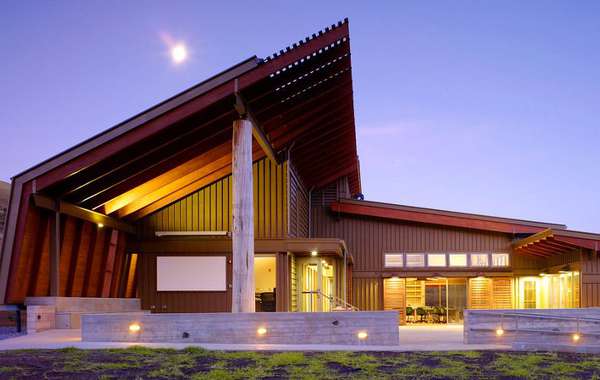
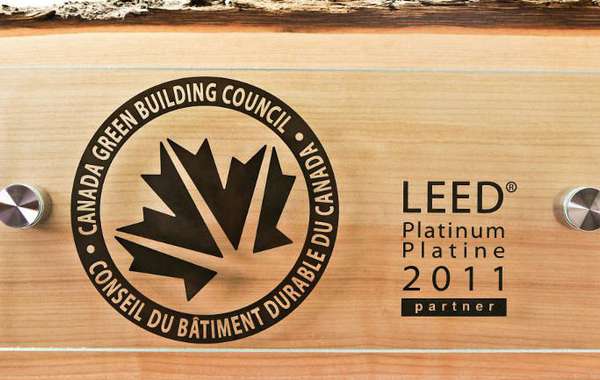
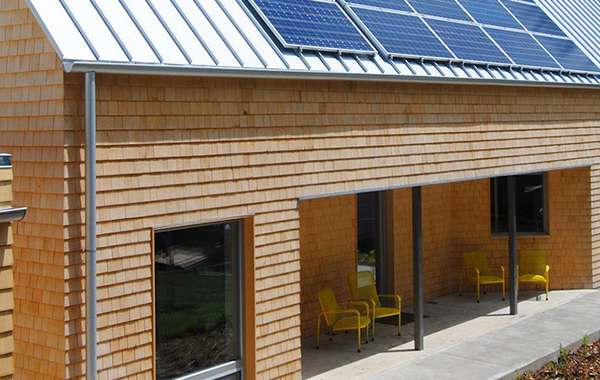
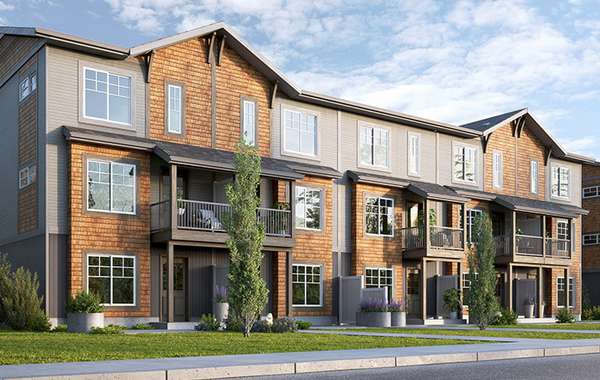
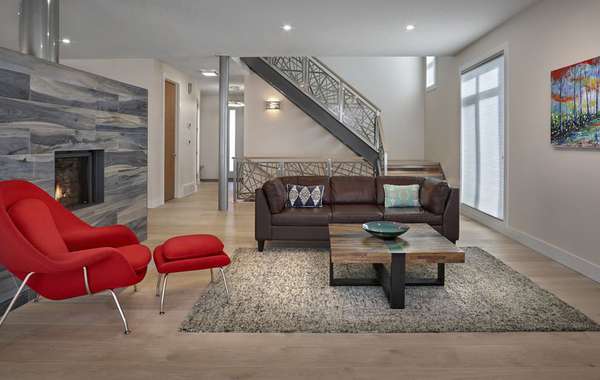
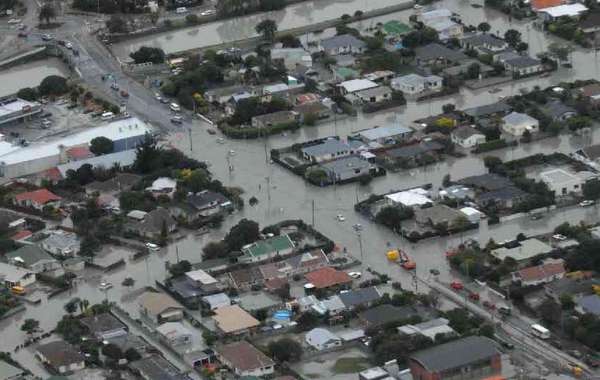
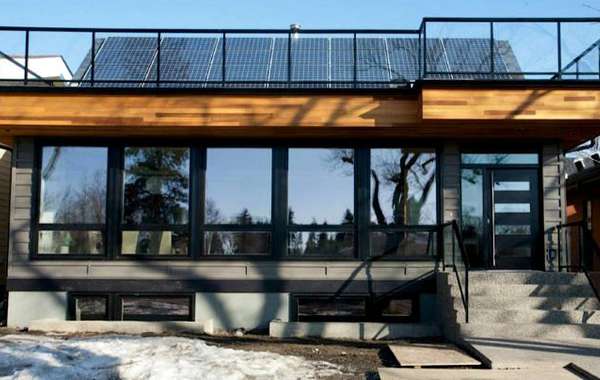
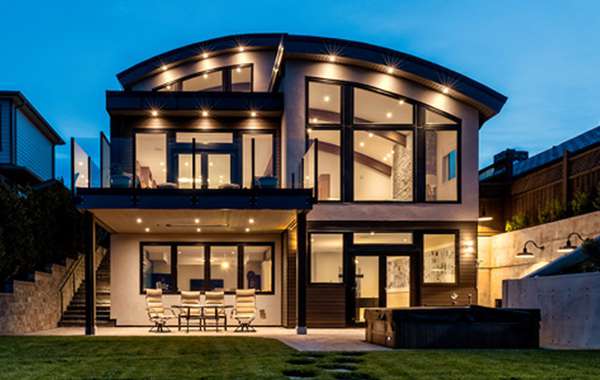
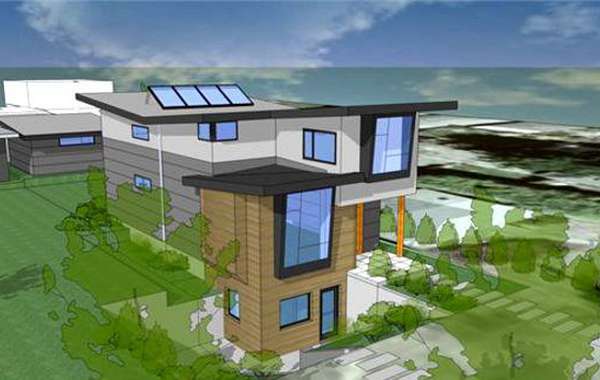
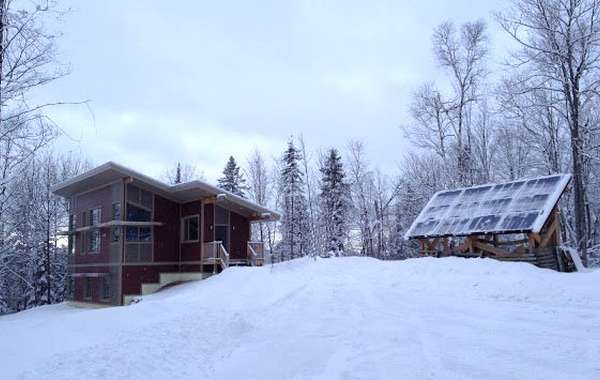
Comments (0)
Sign Up to Comment